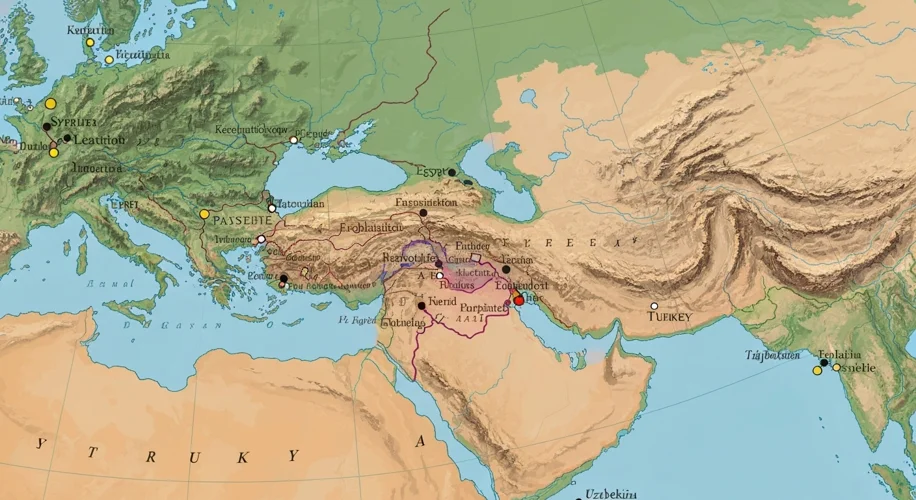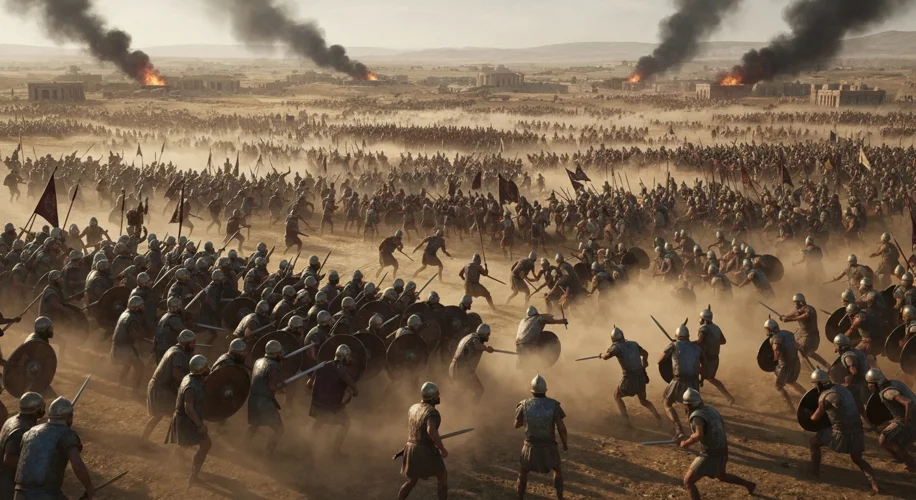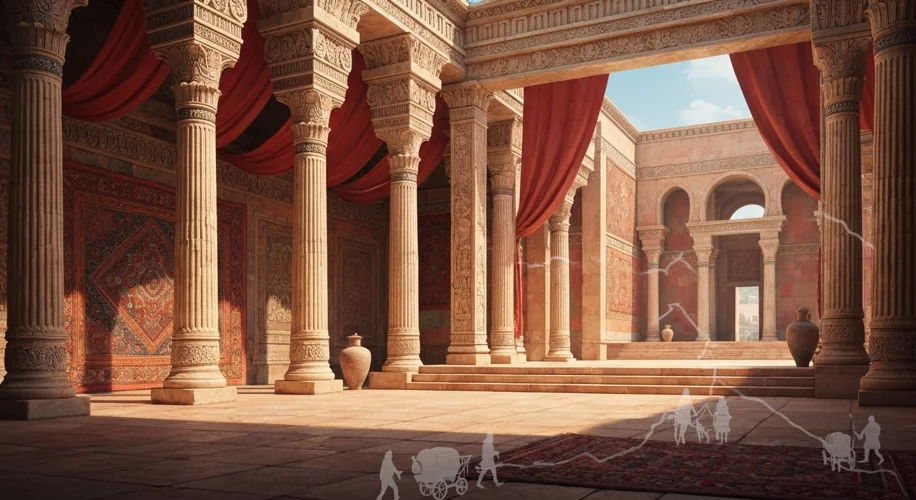Imagine a world reshaped by the clash of titans, where the thunder of Alexander the Great’s armies still echoed, and the very fabric of empires was being rewoven. This was the era following the Achaemenid collapse, a tumultuous period that saw the rise of the Hellenistic world and, subsequently, the formidable Parthian Empire.
Following Alexander’s premature death in 323 BCE, his vast empire fractured. His generals, the Diadochi, carved out their own kingdoms, spreading Greek culture, language, and political structures across the Near East. Among these successor states, the Seleucid Empire, founded by Seleucus I Nicator, emerged as a dominant force. For decades, it stretched from the Mediterranean to the Indus River, a sprawling Hellenistic behemoth.

However, the Seleucids faced constant challenges. Rebellions, internal strife, and the rise of new powers chipped away at their dominion. One such emergent power was the Parthians, a nomadic people from the Iranian plateau. Initially vassals of the Seleucids, they began asserting their independence in the 3rd century BCE under leaders like Arsaces I.
The real turning point for the Parthians, and indeed for Persian history, came with Mithridates I (reigned c. 171–138 BCE). He transformed Parthia from a minor kingdom into a major empire, skillfully conquering vast Seleucid territories, including Mesopotamia and Babylon. Mithridates I wasn’t just a conqueror; he was a shrewd administrator who adopted many of the administrative and cultural practices of the lands he subdued, including Hellenistic influences.
This period, often referred to as the Iranian Intermezzo, marks a fascinating transition. While Greek culture had a profound impact, native Iranian traditions and identities reasserted themselves, creating a unique syncretic civilization. The Parthians, often portrayed by Roman historians as semi-barbarian rivals, were in fact sophisticated rulers who engaged in complex diplomacy and warfare with their Western neighbors.
One of the most dramatic confrontations occurred in 53 BCE at the Battle of Carrhae. The Roman triumvir Marcus Licinius Crassus, ambitious and eager for military glory, led a massive Roman army into Parthian territory. The Parthian general Surena, a brilliant tactician, employed his cavalry archers and heavily armored cataphracts with devastating effect. The Romans, accustomed to heavy infantry engagements, were outmaneuvered and overwhelmed. Crassus himself was killed, and the flower of the Roman army was destroyed. This stunning defeat sent shockwaves through Rome and firmly established the Parthian Empire as a formidable power, a bulwark against Roman expansion eastward for centuries.

The Parthian Empire, though often overshadowed in Western historical narratives by Rome, played a crucial role in shaping the geopolitical landscape of the ancient world. They acted as intermediaries along the Silk Road, facilitating the exchange of goods, ideas, and technologies between East and West. Their reign fostered a vibrant Iranian culture, laying the groundwork for later Persian dynasties.
The Parthians eventually fell to the Sasanian Empire in the 3rd century CE, but their legacy endured. They demonstrated the resilience of Iranian civilization and proved that a powerful empire could arise from the ashes of Hellenistic dominance. Understanding this period is key to appreciating the long and complex tapestry of Persian history, a narrative rich with cultural exchange, political intrigue, and enduring imperial might.
For those eager to delve deeper into this fascinating era, the following recommendations offer excellent starting points:
- The Cambridge History of Iran, Vol. 2: The Seleucid, Parthian and Sasanian Periods – A comprehensive academic survey.
- The Cambridge Ancient History, Vol. X: The Augustan Empire, 43 B.C.–A.D. 69 and Vol. XI: The High Empire, A.D. 70–192 – These volumes offer detailed accounts of Parthia’s interactions with Rome.
- Parthia: An Introduction by Josef Wiesehöfer – A more accessible overview of Parthian history and culture.
- The Seleucids: The Rise and Fall of a Hellenistic Dynasty by Laura Southern – Focuses on the empire that preceded the Parthians but is crucial for understanding the context.

